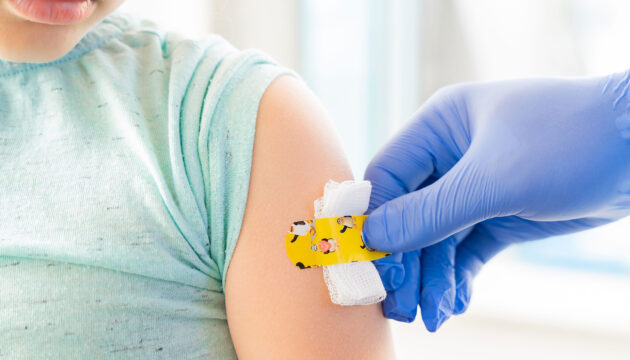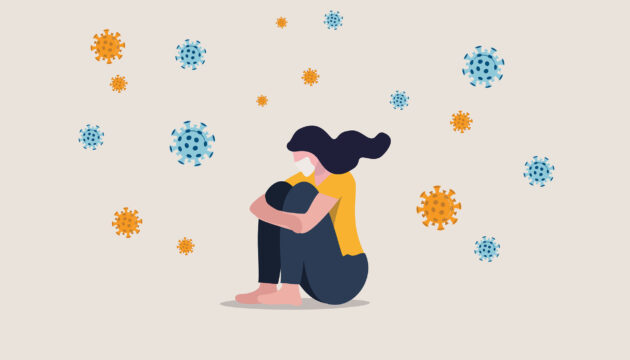Coronavirus (COVID-19)
Our work in Coronavirus (COVID-19)
-
Cross-Sectional Study Examining Household Factors Associated with SARS-CoV-2 Seropositivity in Low-Income Children in L.A.
Food insecure households with low head-of-household education, and at least one household member with type 2 diabetes, had the highest risk of SARS-CoV-2.
Categorized in -
COVID-19’s Total Cost to the U.S. Economy Will Reach $14 Trillion by End of 2023
Workplace absences, along with sales lost due to the cessation of brick-and-mortar retail shopping, airline travel and public gatherings, contributed the most.
Categorized in -
A COVID Takeaway for California: Data Needs to Drive Health Policy
A key lesson from the pandemic is that the state needs to get a better handle on economic trade-offs as it implements preventive measures, especially vaccines.
Categorized in -
Role of Parents’ Perceived Risk and Responsibility in Deciding on Children’s COVID-19 Vaccination
Parents’ perceptions of the COVID-19 vaccine’s long-term comparative risk and their greater anticipated responsibility for children getting sick if vaccinated (versus not) were associated with lower vaccine uptake among children of vaccinated parents.
Categorized in -
Food Insecurity Is Under-Reported in Surveys That Ask About the Past Year
The study investigated discrepancies in food insecurity rates by comparing past-week and past-year food insecurity measures, and explored the role of recall bias.
Categorized in -
A New Spatial Hedonic Equilibrium in the Emerging Work-from-Home Economy?
WFH puts downward pressure on housing prices and rents in high-productivity counties.
Categorized in -
Interrupted Time Series Analysis: Patient Characteristics and Rates of Opioid-Use-Disorder-Related Emergency Department Visits in the Los Angeles County Public Hospital System during COVID-19
Public emergency departments served as a stopgap for patients suffering from OUD in Los Angeles County during the pandemic and can be utilized to guide preventative interventions in vulnerable populations.
Categorized in -
Increased Risk of Diabetic Ketoacidosis in an Urban, United States, Safety-Net Emergency Department in the COVID-19 Era
The odds of DKA during the COVID era were 27% higher compared to the pre-COVID era
Categorized in -
Age Differences in Psychological Distress During the COVID-19 Pandemic: March 2020 – June 2021
Younger adults consistently reported more psychological distress than older adults, though age differences did decrease over time.
Categorized in -
Quantification of Severe Acute Respiratory Syndrome Coronavirus 2 Binding Antibody Levels To Assess Infection and Vaccine-Induced Immunity Using WHO Standards
With hybrid immunity being now common, it is critical to use protocols adapted to high antibody levels to standardize serological results.
Categorized in








